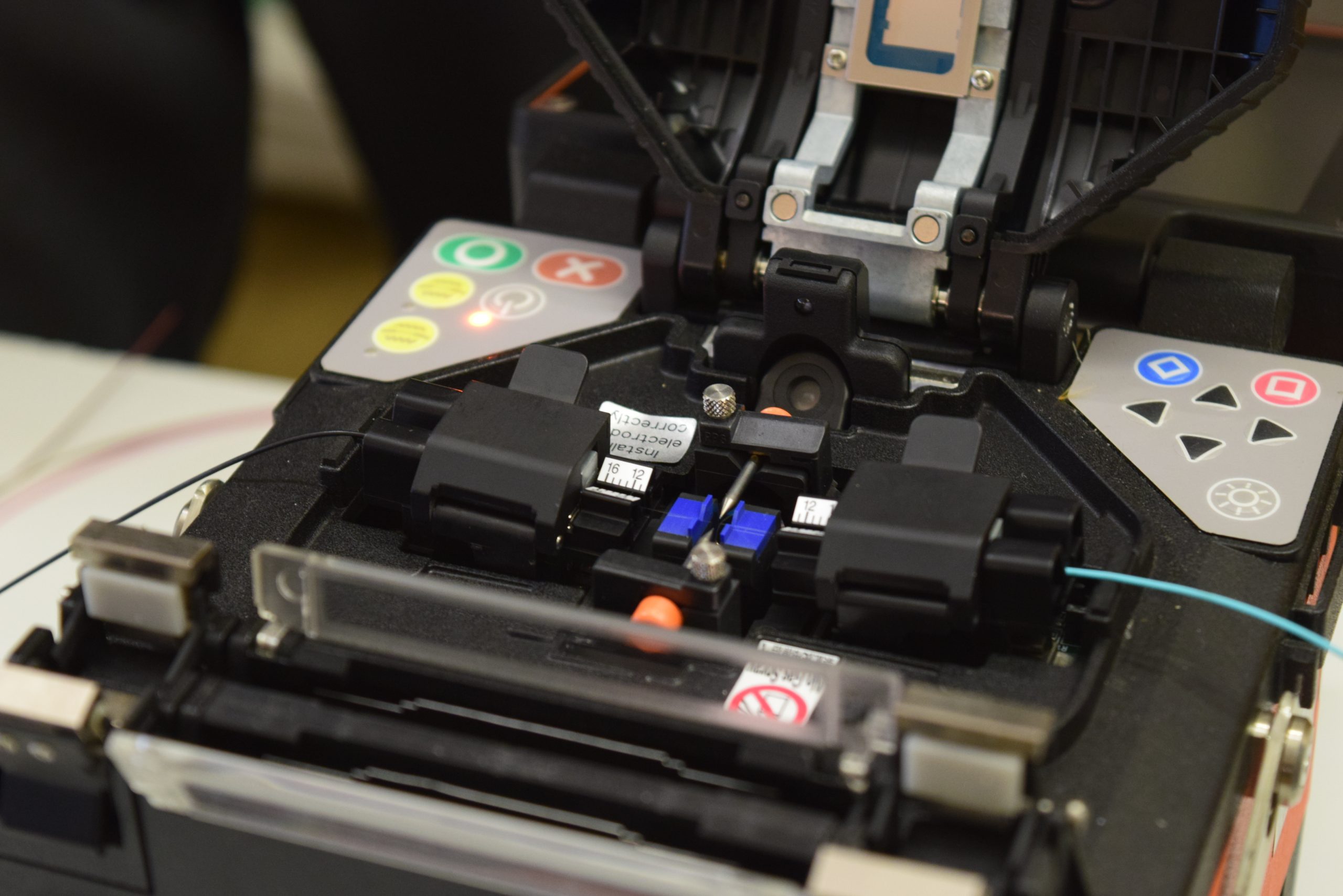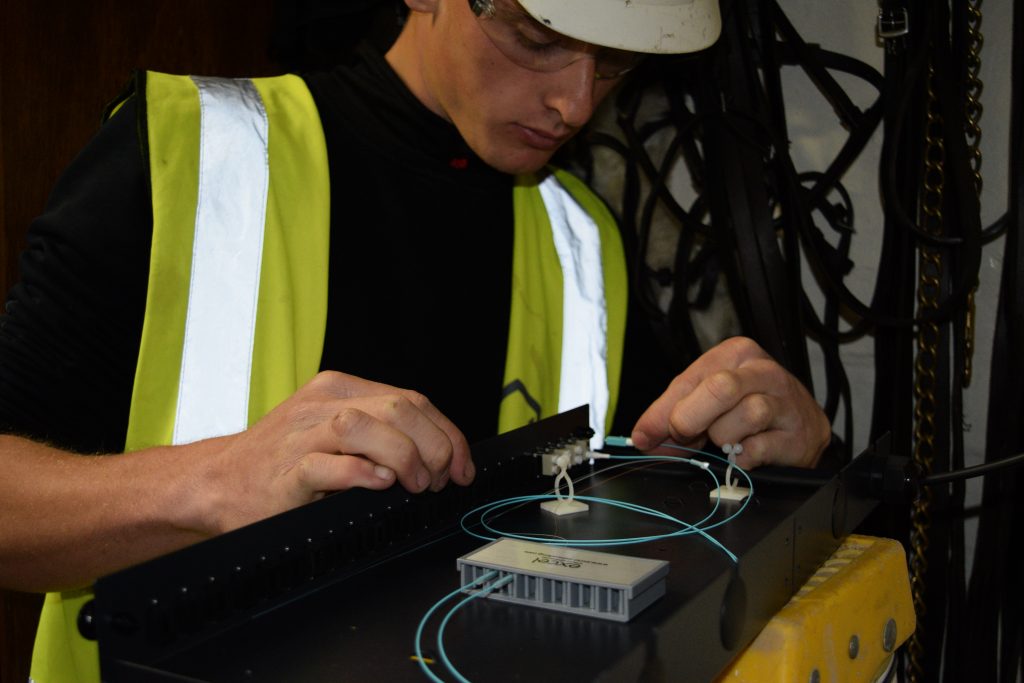
Fibre to the Premises: Revolutionizing Connectivity
In an era where connectivity is paramount, Fiber to the Premises emerges as a game-changer, redefining the landscape of internet access and communication infrastructure. FTTP, as the name suggests, entails the deployment of fiber-optic cables directly to residential or business premises, bypassing traditional copper-based networks. This revolutionary approach to internet delivery offers unparalleled speed, reliability, and bandwidth, promising a transformative experience for users and businesses alike.
The Evolution of Fiber to the Premises Technology
At its core, FTTP epitomizes the epitome of cutting-edge technology in telecommunications. Unlike its predecessors, such as DSL (Digital Subscriber Line) or cable internet, which rely on copper cables susceptible to signal degradation and distance limitations, FTTP harnesses the power of light to transmit data through ultra-thin strands of glass. This optical transmission not only mitigates signal loss but also enables data speeds that were once deemed unimaginable.
Breaking Speed Barriers: Exploring the High-Speed World of FTTP Internet Connectivity
One of the most significant advantages of FTTP is its exceptional speed capabilities. With potential speeds reaching up to 1 Gigabit per second (Gbps) and beyond, FTTP catapults users into the realm of gigabit internet, facilitating swift downloads, seamless streaming, and lag-free online experiences. Whether it’s gaming, video conferencing, or large file transfers, FTTP ensures optimal performance, empowering users to maximize their online endeavors without compromise.

Symmetrical Speed Advantages
Moreover, FTTP’s symmetrical upload and download speeds represent a paradigm shift in internet access. Unlike asymmetrical connections, where upload speeds lag behind downloads, FTTP offers equivalent speeds in both directions. This symmetry is particularly advantageous for activities like video uploading, cloud computing, and remote work, where robust upload performance is imperative.
Reliable Connectivity: The FTTP Advantage
Beyond speed, FTTP boasts unparalleled reliability and stability. Fiber-optic cables are immune to electromagnetic interference, inclement weather, and other external factors that plague traditional copper-based networks. As a result, FTTP delivers a consistent and uninterrupted connectivity experience, free from the fluctuations and outages that afflict other technologies.
Scalability for Future Technologies
Furthermore, FTTP’s scalability and future-proofing capabilities make it a prudent investment for both individuals and businesses. As bandwidth demands continue to escalate with emerging technologies like augmented reality (AR), virtual reality (VR), and the Internet of Things (IoT), FTTP stands ready to meet these evolving needs with ease. Its robust infrastructure ensures longevity and adaptability, positioning users for the digital landscape of tomorrow.
Revolutionizing Internet Connectivity
In conclusion, Fibre to the Premises represents the pinnacle of internet connectivity, offering unparalleled speed, reliability, and scalability. By harnessing the power of fiber optics, FTTP revolutionizes the way we access and experience the digital world, paving the way for a future defined by seamless connectivity and boundless possibilities.
